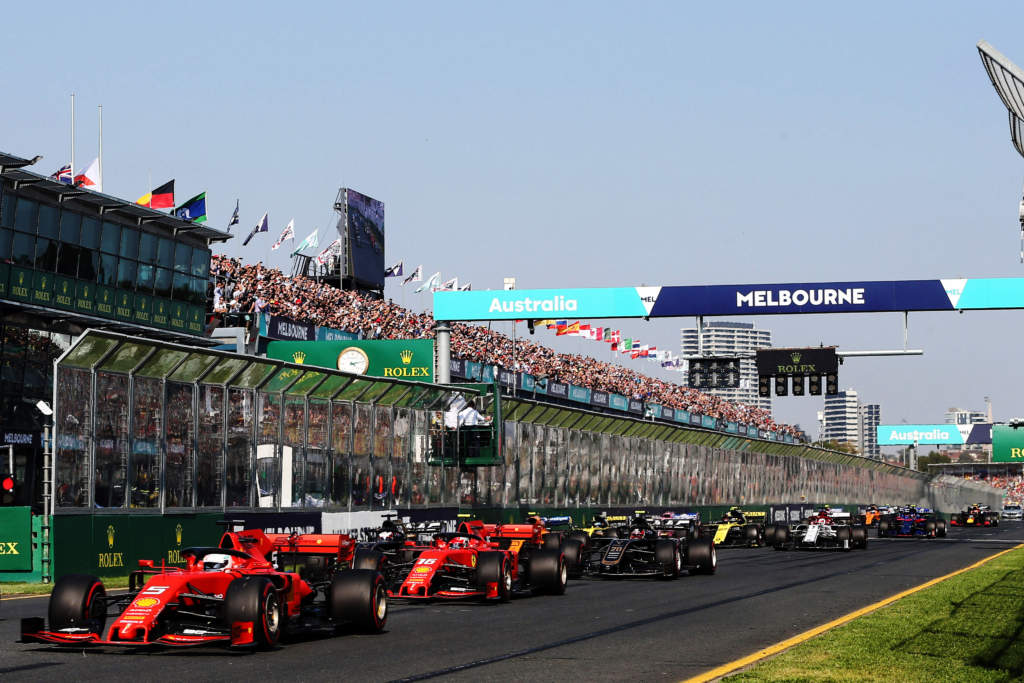Up Next

The cancellation of the Australian Grand Prix will not be the last such announcement in 2021, as Formula 1 looks to alternatives to keep the calendar at 23 races.
F1 is set on delivering the quantity of races it promised when it first optimistically announced a record-breaking schedule for 2021 at a time when an end to the COVID-19 pandemic was nowhere in sight.
Now Melbourne’s fallen for the second year in a row, the latest 2021 calendar victim, and more are expected to suffer the same fate.
F1 needs to be flexible yet again if it is to deliver on its promise.
HOW MUCH HAS CHANGED ALREADY?

There was calendar angst long before the season started. China was included on the first provisional 2021 schedule but Vietnam was never even part of it due to localised issues, leaving a ‘TBC’.
We then learned early this year that Imola would take the TBC slot – but at the same time, Australia was postponed from March to November and China fell off the calendar.
Canada was next to go, replaced by Turkey – which then got cancelled itself.
With Turkey unable to replace Canada’s June race, F1 moved France one week forward and added a second Red Bull Ring race, creating the triple-header we’ve just completed.
Turkey has also been added to the calendar for a second time as a substitute for September’s cancelled Singapore GP.
WHAT ELSE IS VULNERABLE AND WHY?
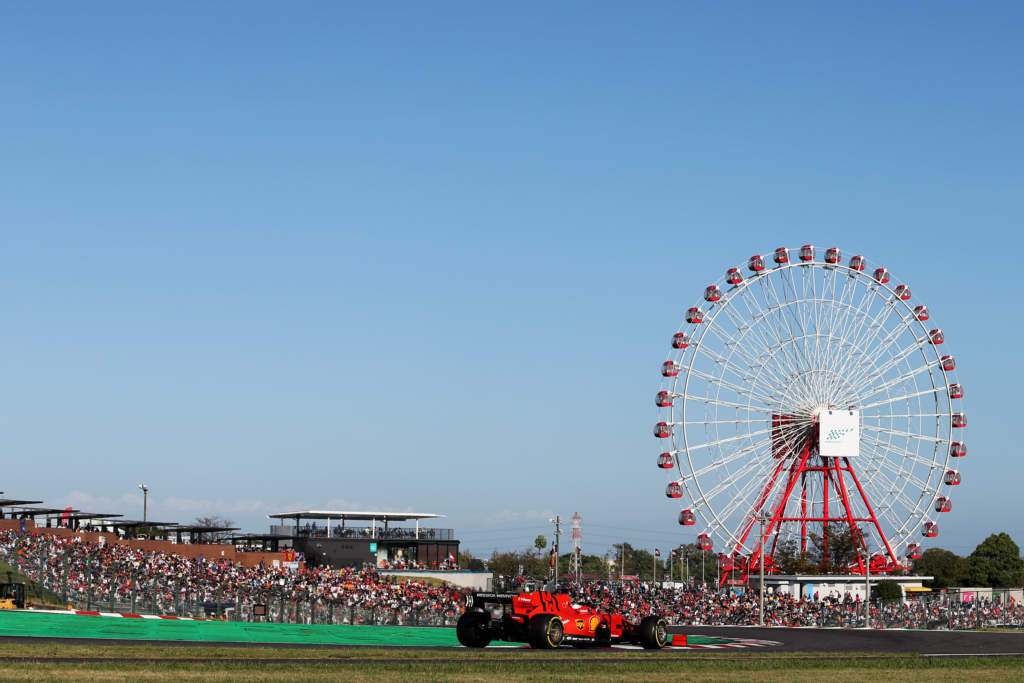
It’s impossible to judge how safe the rest of the calendar is given how quickly the COVID situation can still change and how that might prompt different rules and restrictions.
However, Australia will almost certainly not be the only race in the back end of the season to go.
There are serious concerns over the Japanese Grand Prix despite the championship’s confidence that the Tokyo Olympics create a situation whereby the travelling F1 circus will also be allowed in.
F1 will likely stand by the Suzuka race until the very last moment. Honda owns the track and this is its last year officially in F1 with Red Bull and it has Yuki Tsunoda on the grid with AlphaTauri.
Brazil is the other grand prix that looks shaky at present. The country remains firmly in the grip of the COVID-19 crisis and it has been one of the world’s worst-affected.
Mexico has a slightly more optimistic outlook – like Japan, it has other factors in its favour with home driver Sergio Perez in a race-winning Red Bull.
WHAT MIGHT THE ALTERNATIVES BE?
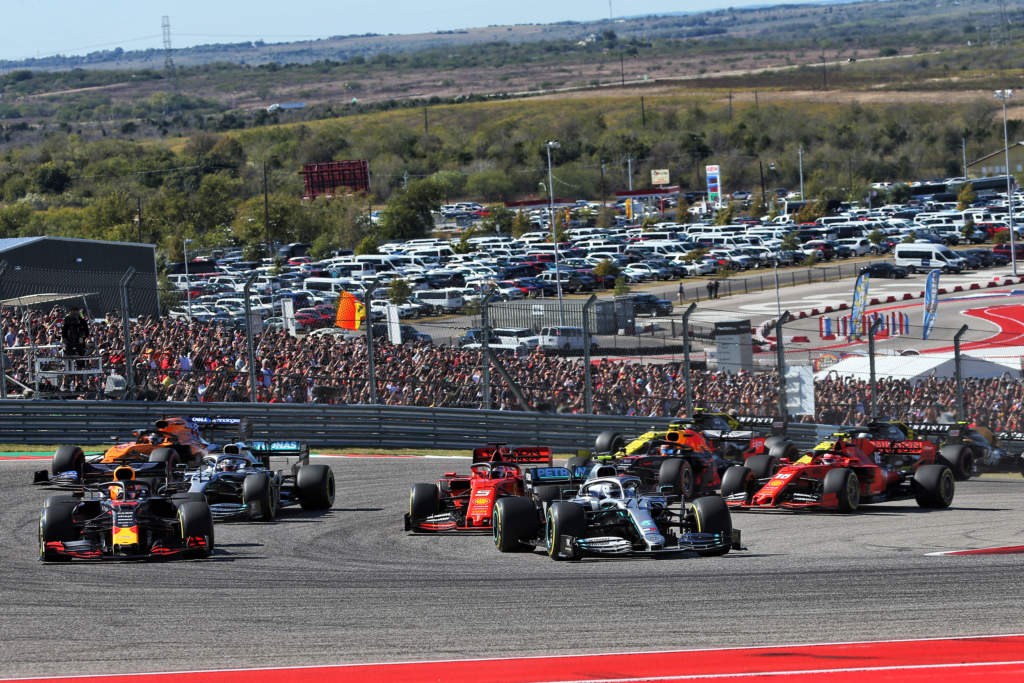
“We are confident we can deliver a 23-race season in 2021 and we have a number of options to take forward to replace the place left vacant by the Australian Grand Prix,” said F1 CEO Stefano Domenicali.
Assuming F1’s confidence is not misplaced and races like Turkey, the US, Saudi Arabia and Abu Dhabi are safe bets, the main worst-case scenario is where Japan, Mexico and Brazil join Australia in being called off.
If that happened it would create an eight-week run in which only the October 24 United States Grand Prix is scheduled.
For now, F1 will likely plan on the basis of Japan and Mexico happening. But what if F1 does lose all those races?
It would create this end-of-season run:
September 26: Russia
October 3: Turkey
October 10: BLANK (currently Japan)
October 17: BLANK (no race planned)
October 24: United States
October 31: BLANK (currently Mexico)
November 7: BLANK (currently Brazil)
November 14: BLANK (no race planned)
November 21: BLANK (was Australia)
November 28: BLANK (no race planned)
December 5: Saudi Arabia
December 12: Abu Dhabi
There are a few ways F1 could address these gaps.
If either of Japan or Brazil go, and there’s more space either side of the US/Mexico double-header, then a second race at Austin seems increasingly likely.
China, which was mooted as a ‘could return later in the year’ option when it lost its initial place on the calendar, could work as a direct replacement for Australia. The November 21 slot would give F1 time to get there and return for the Middle East finale.
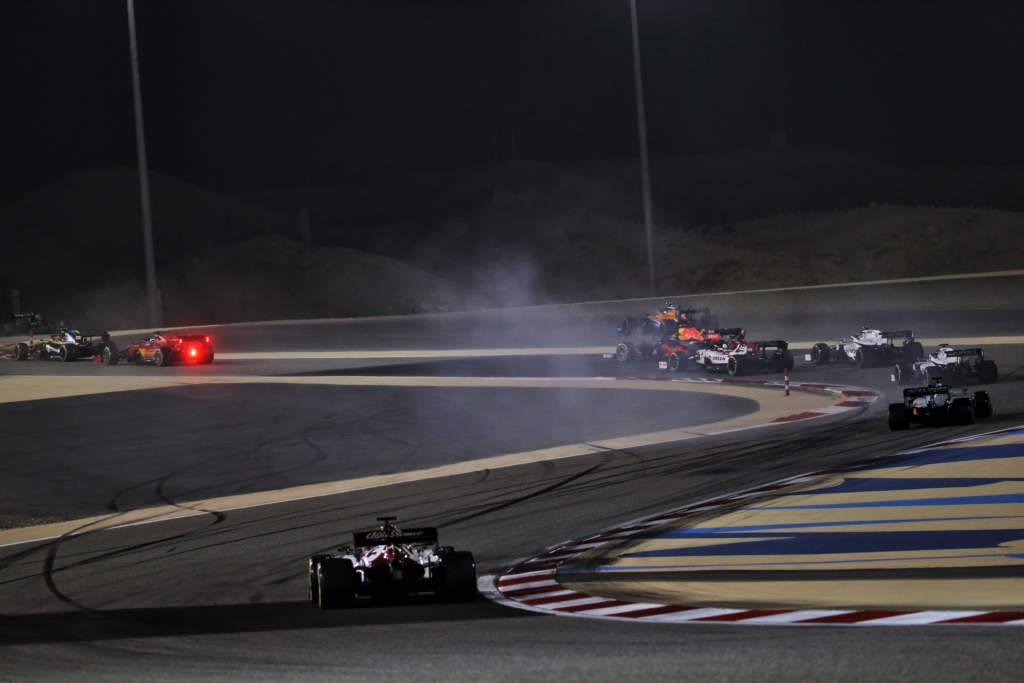
Alternatively, F1 may find it easier to reprise its Bahrain solution from 2020 and slot a second Sakhir race into the schedule – perhaps one week before Saudi, setting up a triple-header.
And can we rule out a European race being added last-minute? That would depend on which date is available and the space around it. But last year F1 was racing in Europe until November so while it would be undesirable, it’s not impossible.
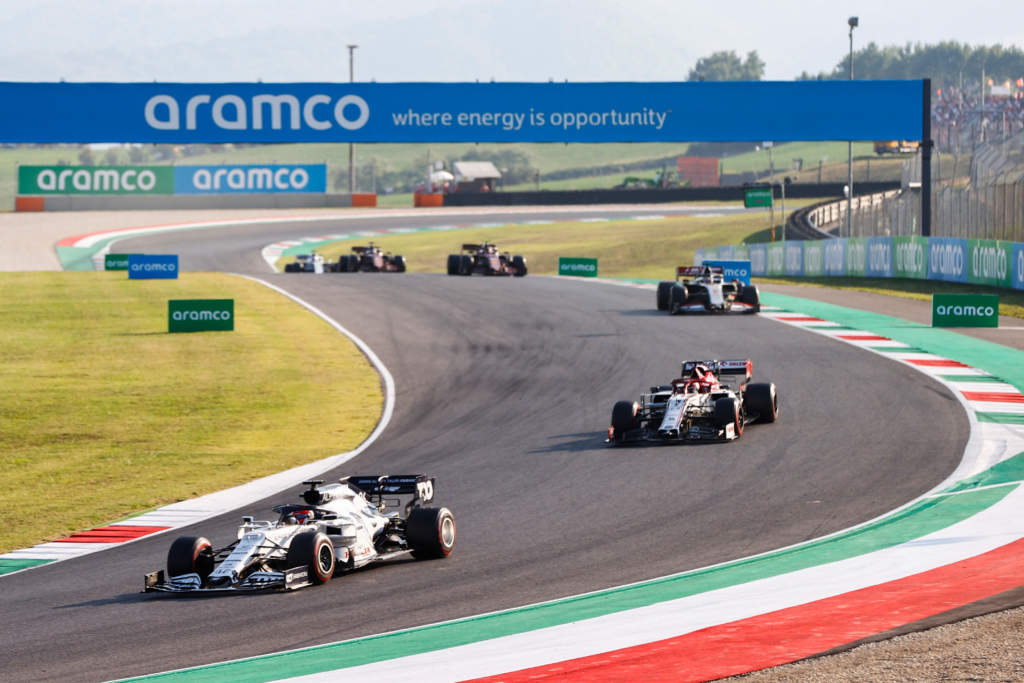
Mugello and the Nurburgring were known to have been regarded as potential reserve circuits again earlier this year, but it would be down to F1 to make the finances around races at those tracks viable.
It depends entirely on how many races actually disappear, which alternatives are realistic when that happens, and how F1 will prioritise its options.
SHOULD F1 ACTUALLY BOTHER REPLACING THEM?
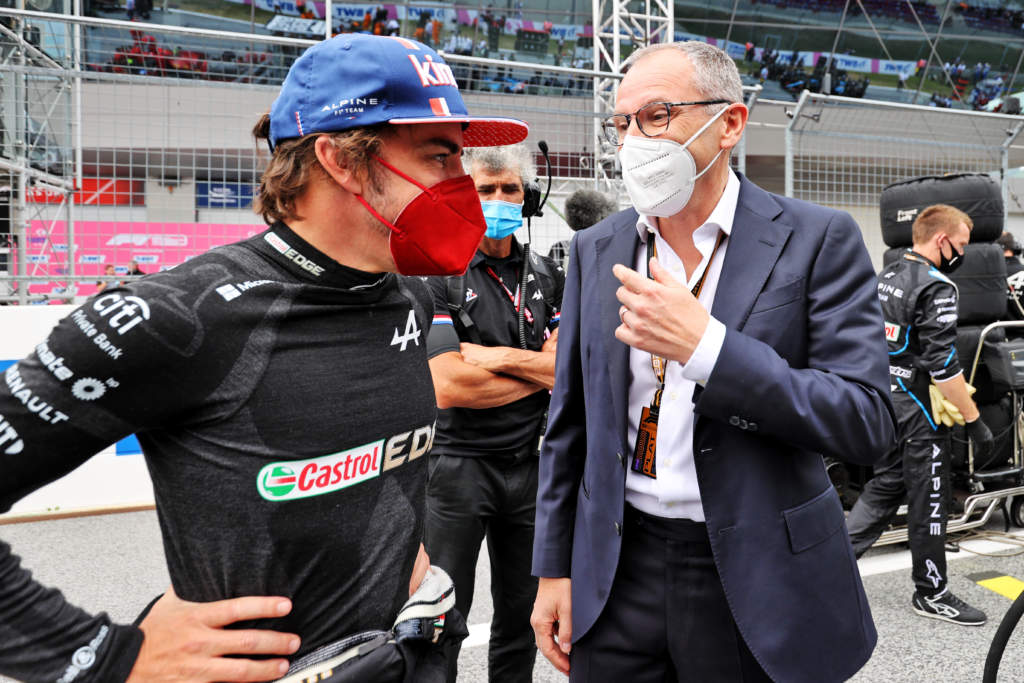
Domenicali has often indicated that keeping the schedule at 23 races is important because that’s what F1 mapped out.
There has never been a sign that F1 needed 23 races or its financial model would collapse, or that core commercial deals hinged on a 23-race season.
In all likelihood, F1 has promised an increased number of races from last year. At least 20 grands prix would make sense as some deals were renegotiated.
But 20 races seems achievable without drastically altering the back end of the schedule or loading it with more triple-headers.
Aiming for 23 mainly seemed an ambitious preference that would help F1’s recovery from a financially damaging 2020, and was realistic to facilitate because of the massive enthusiasm it has from present and potential hosts.
Keeping the European leg of the season is the ‘easy’ part. The flyaways are much harder to juggle.
The reality is F1 is not completely in control of how this ends.


